Pen name Jeremias Gotthelf Name Jeremias Gotthelf | Nationality Swiss Occupation Pastor, writer Role Novelist | |
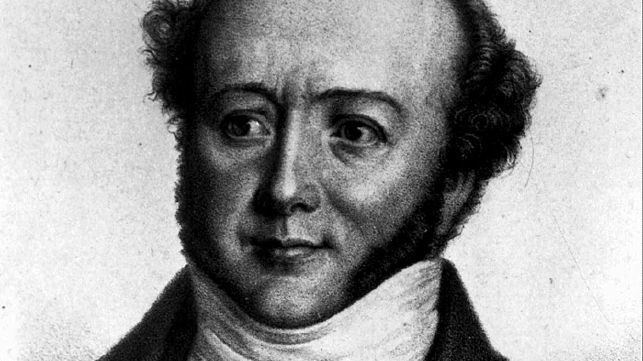 | ||
Born Albert BitziusOctober 4, 1797Murten, Switzerland ( 1797-10-04 ) Language (Swiss Standard) German Died October 22, 1854, Lutzelfluh, Switzerland Spouse Henriette Zeender (m. 1833–1854) Books The Black Spider, Geld und Geist, Uli der Knecht Movies Uli, der Knecht, Uli the Tenant, Anne Babi Jowager Children Albert Bitzius, Henrietta Bitzius, Cecile Bitzius Similar People Franz Schnyder, Robert Walser, Richard Schweizer, Peter von Matt | ||
Die schwarze Spinne - Jeremias Gotthelf
Jeremias Gotthelf - DIE SCHWARZE SPINNE (Krimi)
Albert Bitzius (October 4, 1797 – October 22, 1854) was a Swiss novelist, best known by his pen name of Jeremias Gotthelf.
Contents
- Die schwarze Spinne Jeremias Gotthelf
- Jeremias Gotthelf DIE SCHWARZE SPINNE Krimi
- Biography
- Writings
- References

Biography
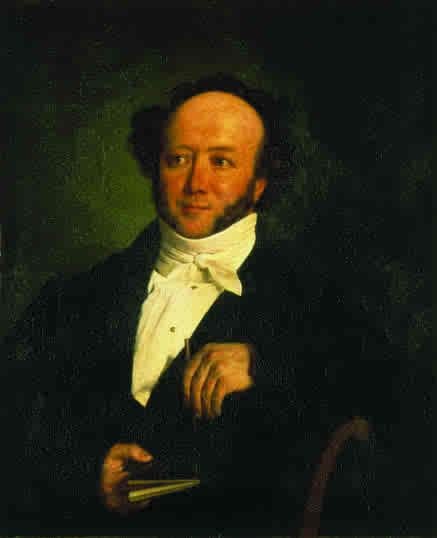
He was born at Murten, where his father was pastor. In 1804 the home was moved to Utzenstorf, a village in the Bernese Emmental. Here young Bitzius grew up, receiving his early education and consorting with the boys of the village, as well as helping his father to cultivate his glebe. In 1812 he went to complete his education at Bern. He was a founding member of the Student Society Zofingia, the second-oldest fraternity in Switzerland (founded in 1819).

In 1820 he was received as a pastor. In 1821 he visited the University of Göttingen, but returned home in 1822 to act as his father's assistant. On his father's death (1824) he went in the same capacity to Herzogenbuchsee, and later to Bern (1829). Early in 1831 he went as assistant to the aged pastor of the village of Lützelflüh, in the Lower Emmental (between Langnau and Burgdorf), being soon elected his successor (1832) and marrying one of his granddaughters (1833).
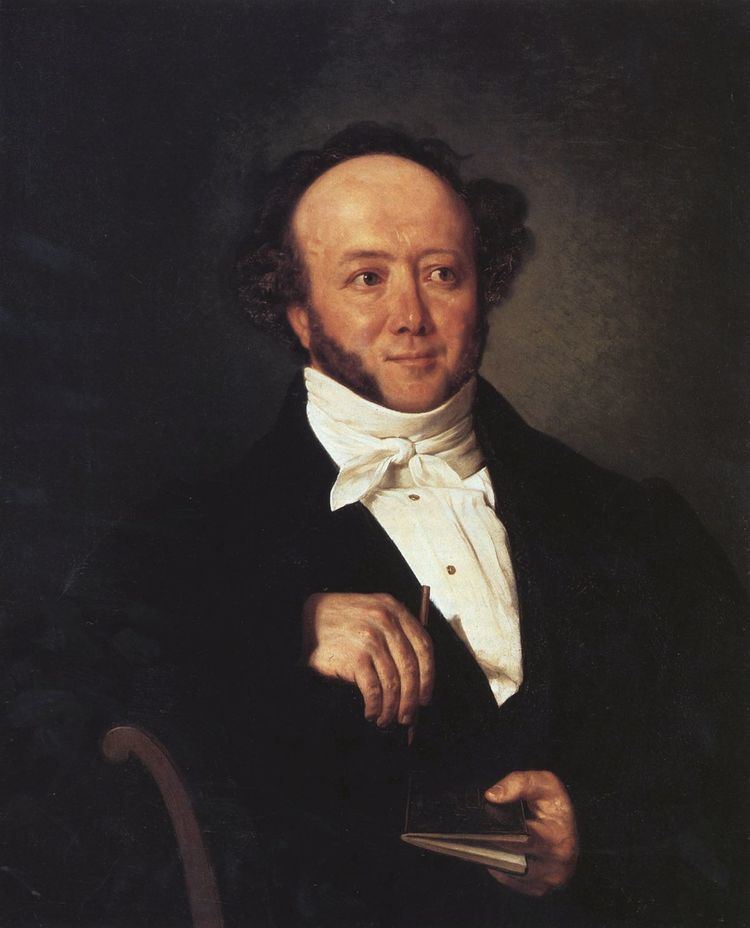
He spent the rest of his life in Lützelflüh, where he died, leaving three children (the son was a pastor, the two daughters married pastors). During the 1840s, he steadfastly opposed radicalism and secularism and placed a conservative emphasis on piety and ecclesiastical authority. There are lives of Bitzius by C. Manuel, in the Berlin edition of Bitzius's works (Berlin, 1861), and by J. Ammann in vol. i. (Bern, 1884) of the Sammlung Bernischer Biographien.
Writings

Bitzius started writing late in life. His first work, the Der Bauernspiegel, oder die Lebensgeschichte des Jeremias Gotthelf, appeared in 1837. It purported to be the life of Jeremias Gotthelf, narrated by himself, and this name was later adopted by the author as his pen name. It sketches the development of a poor country orphan boy, but is not an autobiography. It is a living picture of Bernese (or, strictly speaking, Emmental) village life, true to nature, and not attempting to gloss over its defects and failings. It is written (like the rest of his works) in German, but contains expressions from the Bernese dialect of the Emmental, though Bitzius was not (like Auerbach) a peasant by birth, but belonged to the educated classes, so that he reproduces what he had seen and learnt, and not what he had himself personally experienced. The book was a great success, as it was a picture of real life, and not of fancifully beribboned eighteenth-century villagers. Henceforth Bitzius was a prolific writer, and in the last 18 years of his life became one of the important novelists not only of Switzerland but of the German language in general.
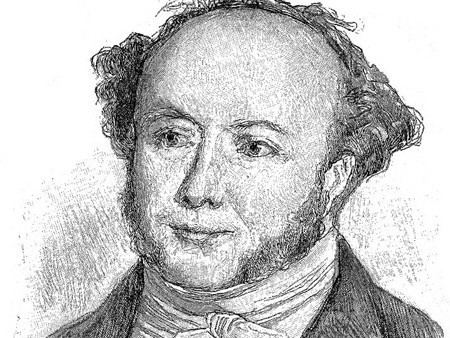
His best known work is without doubt the short novel The Black Spider (Die schwarze Spinne), a semi-allegorical tale of the plague in form of the titular monster that devastates a Swiss valley community; first as a result of a pact with the devil born out of need and a second time due to the moral decay that releases the monster from its prison again.

Among his later tales are the Leiden und Freuden eines Schulmeisters (1838–1839), Uli der Knecht (The story of a poor peasant laborer who develops into the owner of a prosperous farm; 1841), with its continuation, Uli der Pächter (1849), Anne-Bäbi Jowäger (1843–1844), Käthi, die Großmutter (1846), Die Käserei in der Vehfreude (1850), and the Erlebnisse eines Schuldenbauers (1853). He also published several volumes of shorter tales.
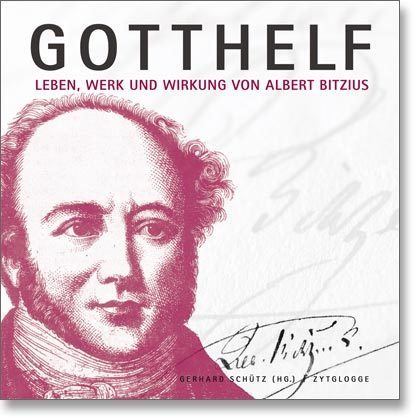
His works were issued in 24 vols. at Berlin, 1856–1861, while 10 vols., giving the original text of each story, were issued at Bern, 1898–1900.
